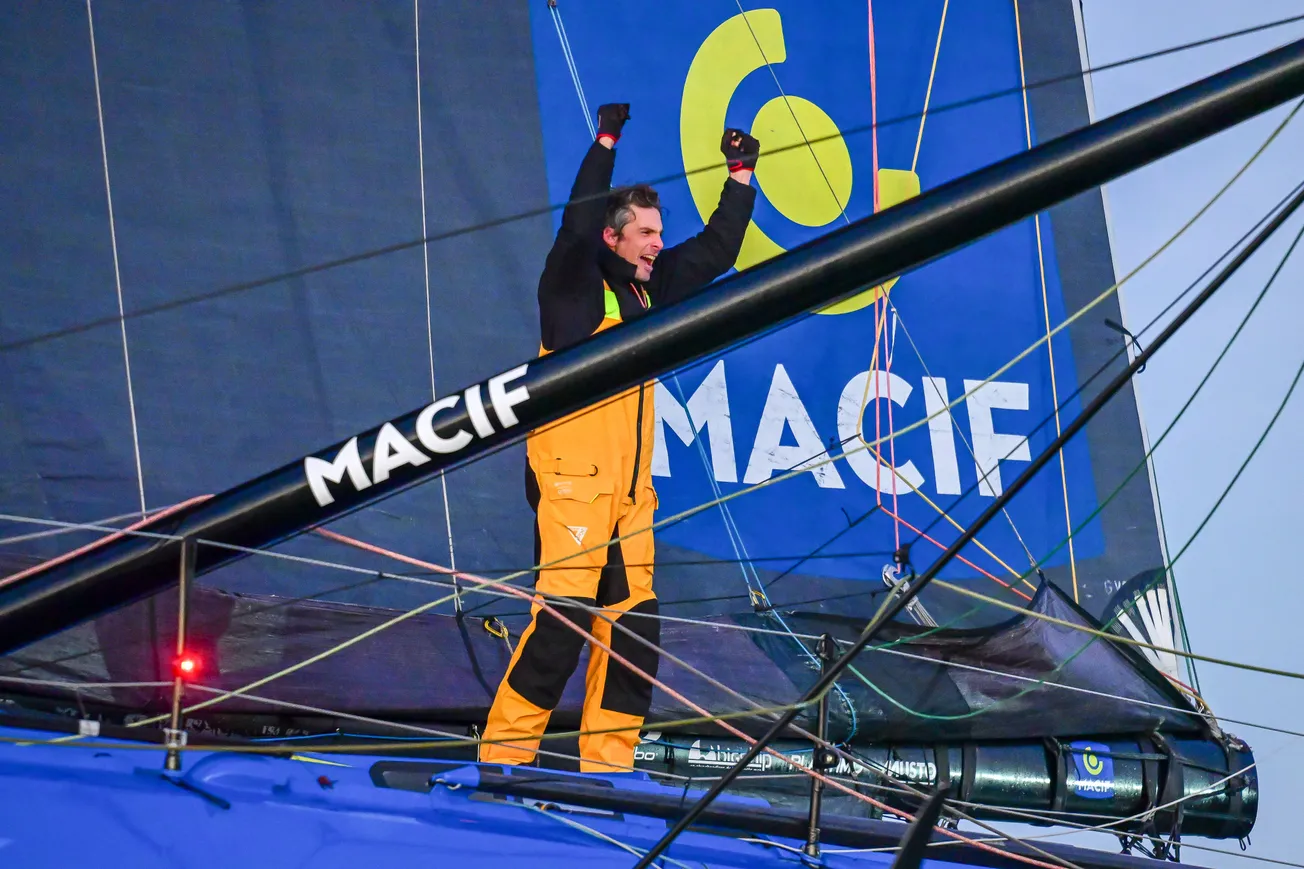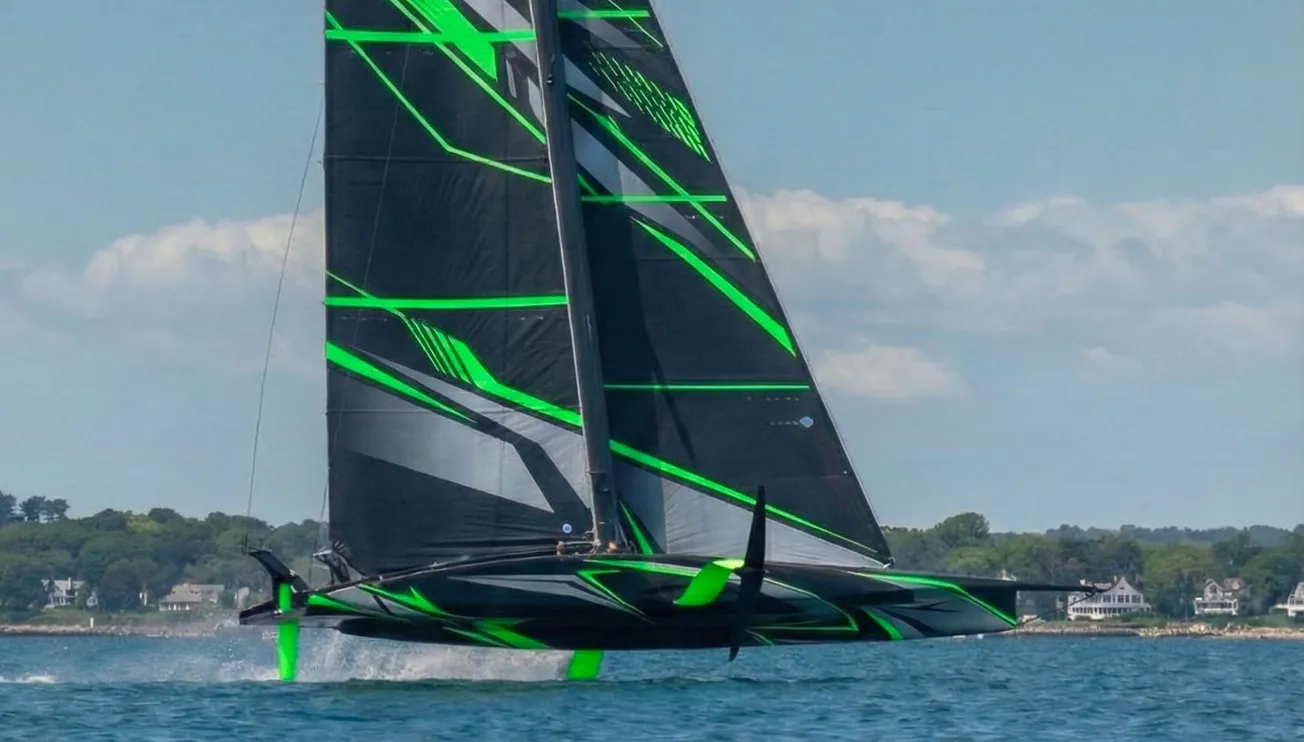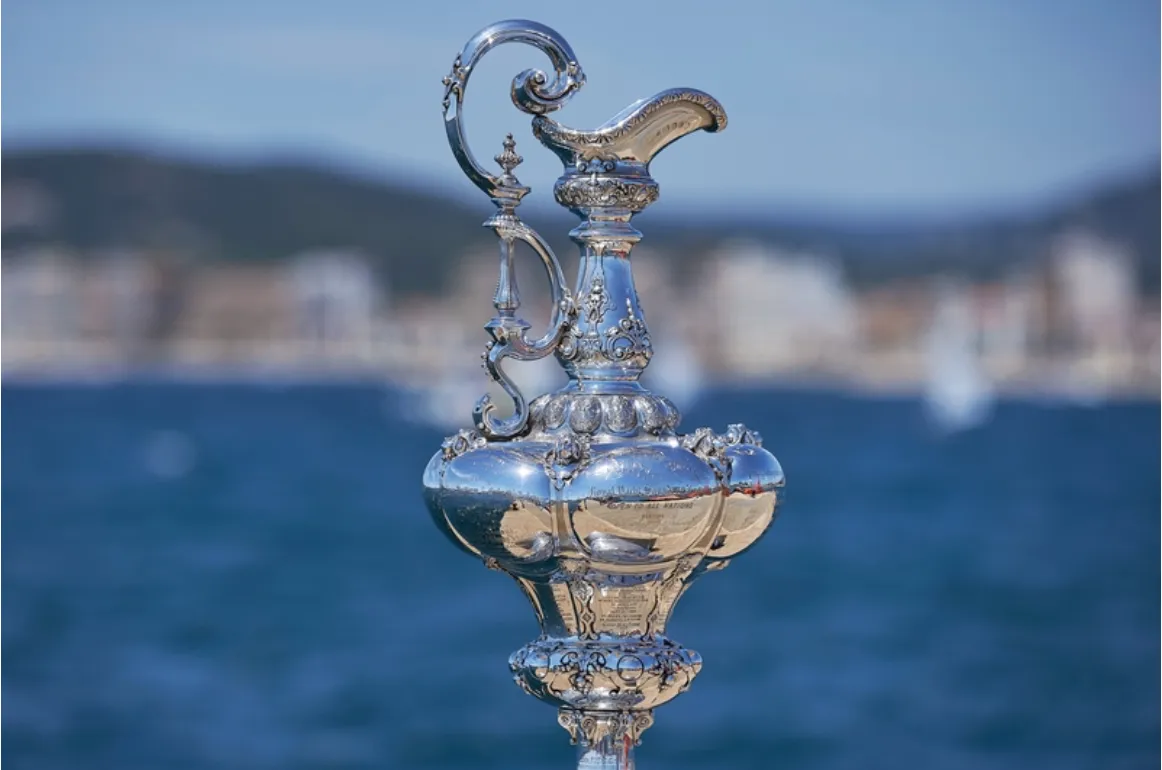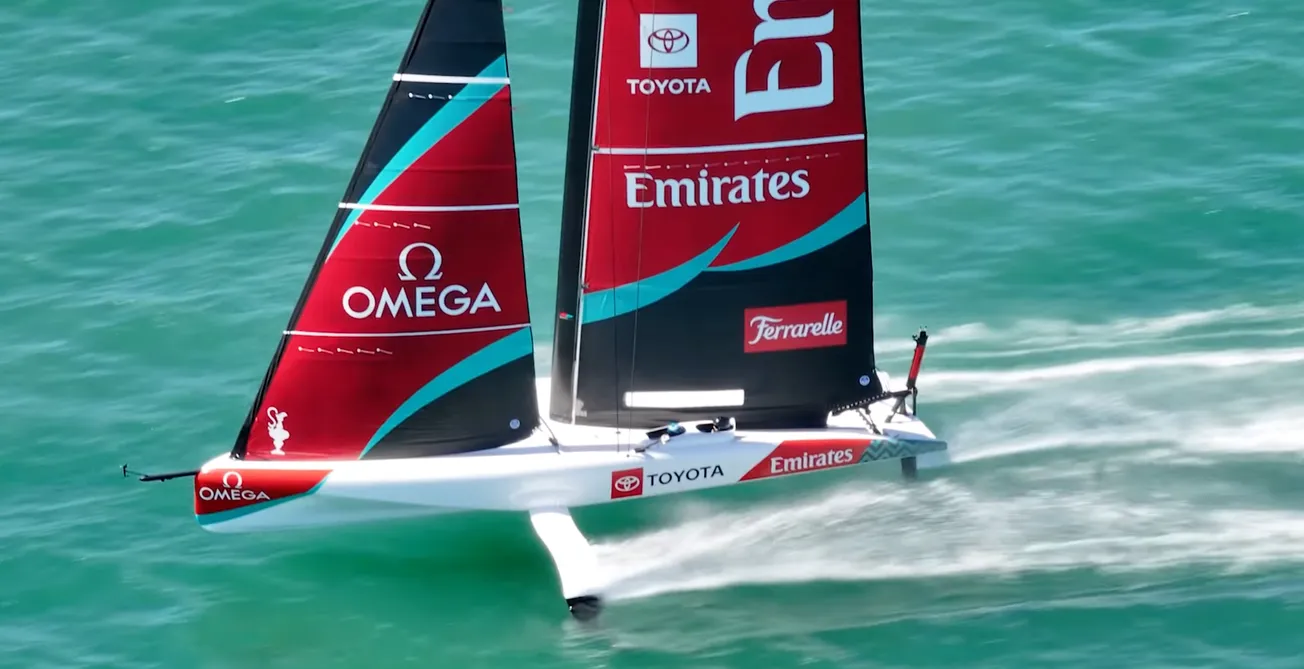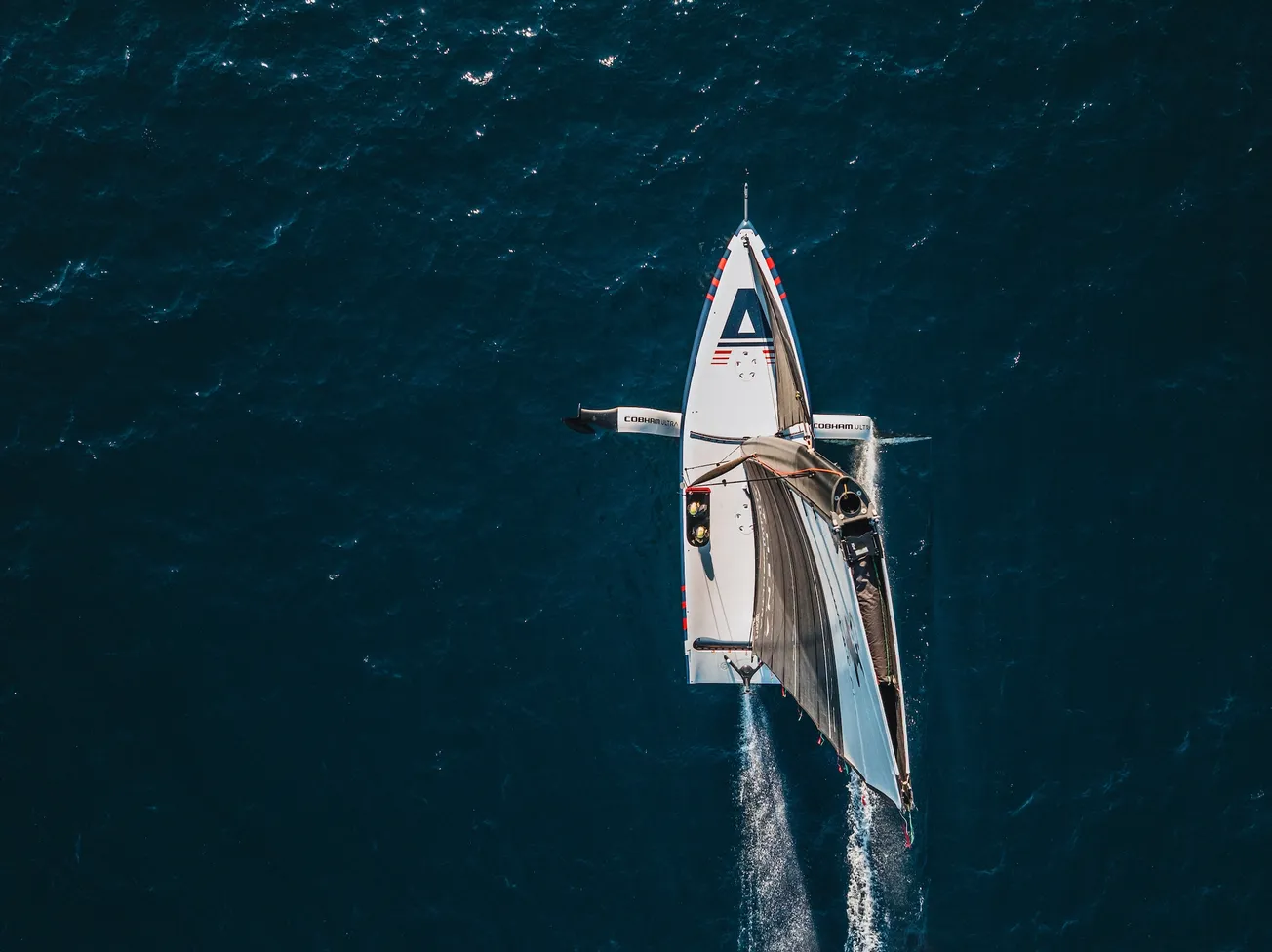September 1977. I was fourteen years old, living about an hour north of Boston, Massachusetts in a typical New England college town. My life was ice hockey, baseball, football, and building models of World War II airplanes, tanks and ships, and beginning a new hobby; photography.
I was always interested in the news, especially the local evening television news broadcasts that aired at six o'clock every evening. The Boston stations, WBZ Channel 4, WCVB Channel 5, WNAC Channel 7, and our two New Hampshire television stations, WMUR Channel 9 and WENH Channel 11. In those days, long before cable television or internet streaming, we were lucky to tune in five television channels; maybe six if the wind was blowing right.
I'd watch the local and national news stories with only slight interest, waiting for the weather segment, and finally, the sports reports.
During the early fall, only two things mattered in New England sports; baseball’s Boston Red Sox, ending their season, and the New England Patriots of the National Football League, starting their season. It was during one of these sports broadcasts that I first remember hearing the words "America's Cup". I remember hearing something about Newport, Rhode Island, and seeing aerial footage of these small sailboats, limping across the water, not thinking much about it other than as a novelty, in a far-off city.
Fast forward to 1980, and again, there was news about the America's Cup, but being my senior year in high school, still glowing from the gold medal victory of the U.S. Olympic Men's Ice Hockey team that February, it didn't register much more than a sports side note. But what did resonate was that the America’s Cup was a competition of the United States versus far away foreign countries. And anything that was the United States against anyone, be it the Olympics, the military, or a sailboat race, got my attention.
By the Fall of 1983, I was entering my junior year of college, where I had developed my photography skills freelancing for the college student newspaper while working on my degree. I went to college in a very small, northern New Hampshire town, where television was practically non-existent. We learned about what was happening beyond the mountains listening to the radio, specifically the town radio station, WPNH-FM.



